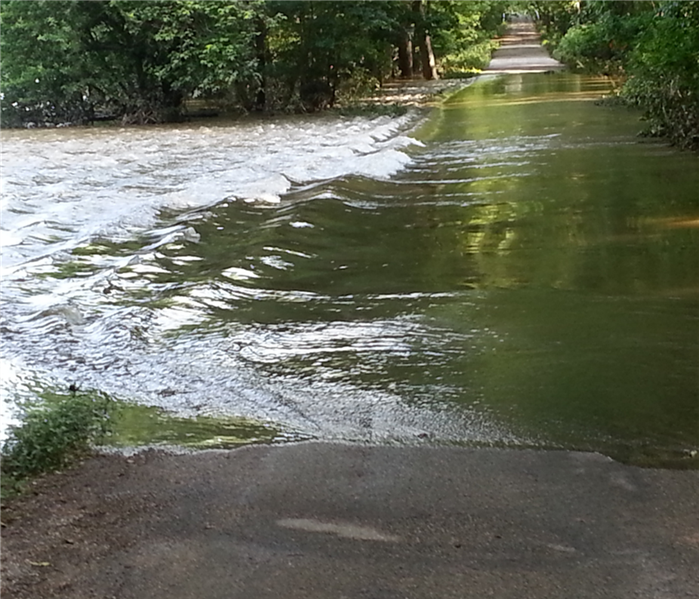Floods: What To Do & What Not To Do
3/14/2022 (Permalink)
While preventing floodwaters from entering your home is difficult, it is important to know what to do and what not to do during a flood. If you take these 3 tips seriously, you and your family will have a better chance of staying safe when a flood occurs.
Don’t Walk or Drive Through Floodwaters
Stay away from areas that may be underwater in your area. Walking or driving through floodwater is extremely dangerous because you never know how deep the water actually is until it is too late. Not matter how well of a swimmer you are, there is always the danger of drowning as well. The best way to stay safe from floodwaters is just to avoid them entirely.
Floodwaters Could Contain…
- Dangerous Debris
- Electrical Currents From Fallen Power Lines
- Hidden Sinkholes
- Excessive water causes the ground will become soft and soggy
- Roads may become washed out under the flood water.
Avoid Bridges
Bridges that extend across running water, regardless of how high or low the water normally is, should be avoided. Flood waters move quickly and it is hard to predict when an influx of water may rush over the bridge. Additionally, the strong currents may also be carrying debris that could cause a makeshift dam upstream or damage the structural integrity of the bridge.
Go to the Highest Level of Your Home
You and your family should move to the highest level of your home if there is a flood in your area. If you live in a first-floor apartment or condo, go to a higher floor. Although your attic is the highest room in any home, it is extremely important to stay out of them if there are no windows or exits in your attic. If floodwaters rise high enough to reach your attic, you can become trapped with little to no oxygen.





 24/7 Emergency Service
24/7 Emergency Service
